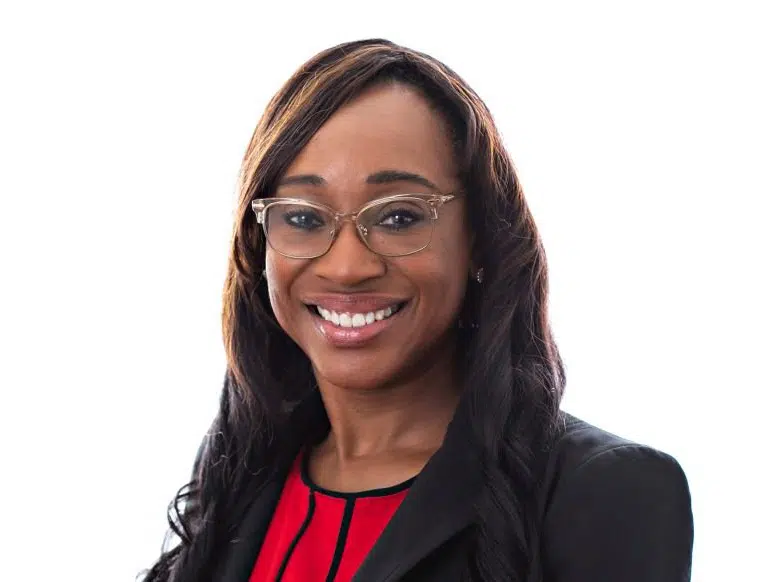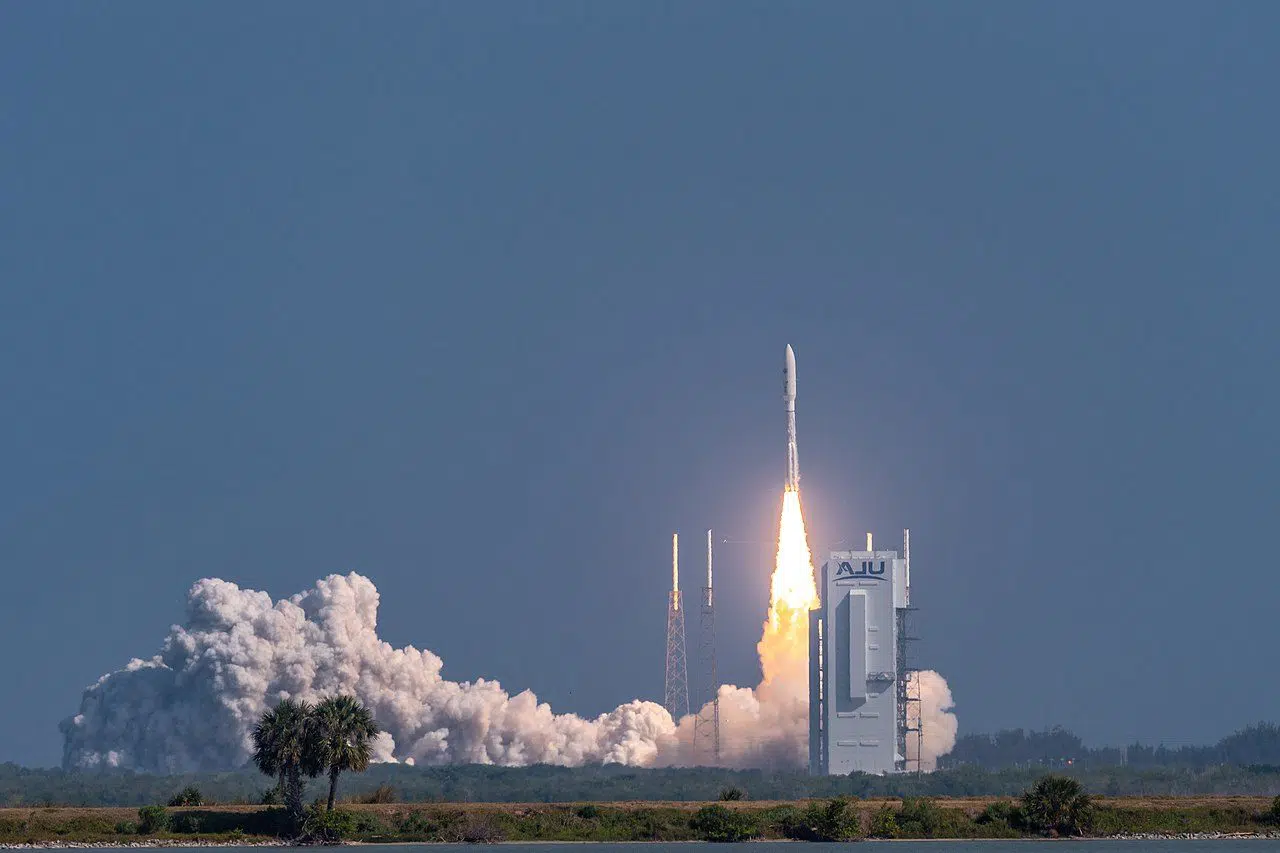Terry Knapp first walked through the doors of Winding Commons Senior Living (WCSL) last year as part of PRIDE’s Employment Services internship program for people with disabilities. Over the ensuing weeks, Terry did such a great job that, upon his internship’s completion, he was hired immediately—his first job working independently in the community. Now, not only does he continue to enjoy the teamwork and welcoming support of his workplace, but he also enjoys regular interactions with WCSL’s residents.
Located in Carmichael, CA, Winding Commons has a sterling reputation for its caring staff, its clean and well-maintained facilities, its food, and its grounds. The senior-living facility frequently receives glowing reviews from both its residents and their families. With employees like Terry and his coworkers, it’s easy to see why.
Paired with PRIDE Job Developer
Referred to PRIDE Industries from the California Department of Rehabilitation, Terry was then matched with PRIDE Job Developer Caryl Balko—and the two immediately got to work. Terry started drafting his resume and filling out job applications. Caryl provided Terry with valuable feedback on both these projects and, further, went into the community to scout potential job positions and to meet with employers.
Soon, their efforts paid off when Terry earned an internship at Winding Commons, starting as a dishwasher and expanding his duties to include general cleanup, food preparation, and serving.
“We had to hand wash the dishes, and that was hard to keep up with at first,” Terry said. “But I got used to it and was able to pick up the pace.”
But speed isn’t the only job requirement. Because of COVID restrictions and protocols, positions like Terry’s have become more important than ever, with cleanliness held paramount.
Essential Worker
“All employees are expected to clean thoroughly . . . nothing goes out of the kitchen without being sanitized,” said Caryl. “When Terry or the other workers serve food, they wear gloves and masks and do not touch the items in the residents’ rooms.”
The addition of protective measures didn’t fluster Terry. In the midst of a pandemic and in the span of three months, he met each of his internship goals. During this time, he also met with PRIDE job coach, Diana Crawford, to ensure that he had all the support that he needed.
Terry was met with support at Winding Commons, too. Chef Dan Catanio provided thorough tutelage in meal preparation and was quick to offer praise: “Terry does an awesome job for us. He is an important part of our team.”
As for Terry, he’s just as happy to be at Winding Commons as his employers are to have him there.
“I’m glad I got the chance to do my internship with Winding Commons,” Terry said. “Employment has changed my life for the better, and I’m proud to contribute to the well-being of our community!”
How you can help
“I love working with Winding Commons. We have such an awesome team. Whenever I need help, my co-workers step up, & when they need help, I’m able to jump right in!”


